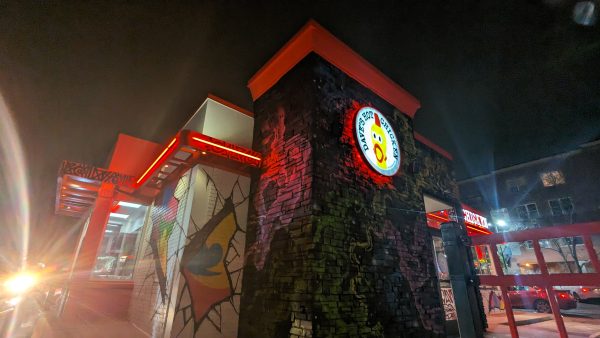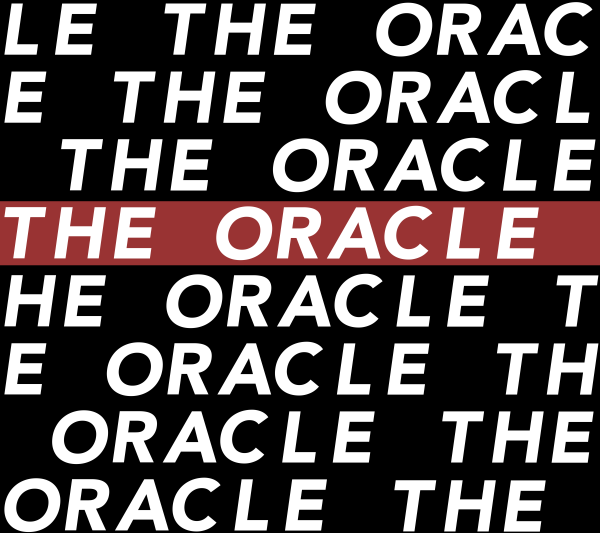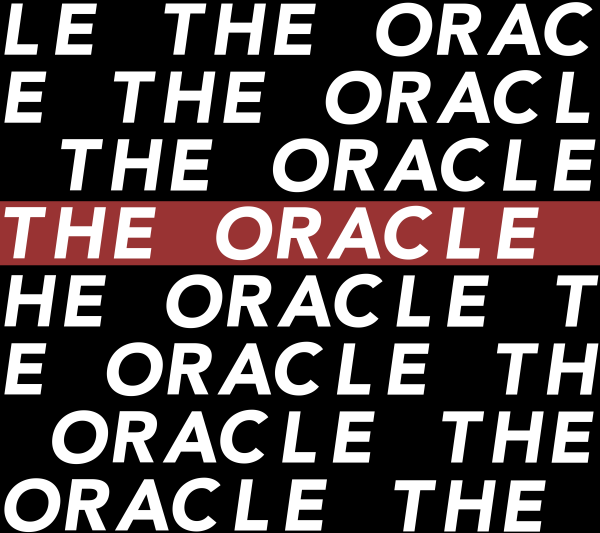Answering the big question
Because it’s still a problem.
November 6, 2019
Which is better, a racially homogenous school, or a school with diversity problems? This is the question I’ve been asking students for the past week, and the variety of answers I have received have led to some intensely interesting discussions.
Right off the bat, I have to give credit to first-year Elizabeth Coleman for coming up with this question. When I first heard it, I thought the answer was obvious. I’ve heard compelling points both ways, and now realize that, as it is the case with many debates, there really isn’t an answer. It isn’t a debate at all… it’s a would you rather question.
I should clarify that by ‘racially homogenous’, I mean schools primarily of one’s own race, like HBCUs (historically black colleges and universities). Talking to some of my friends who are people of color, I noticed that often, their immediate response was to choose the homogenous school. After explanations, I understood. It would be a safe space. People who had suffered the same collective traumas would understand them and what they’ve been through. HBCUs, for example, were created to build up black students and prepare them for the outside world. They serve an important purpose in many people’s lives.
This is different, of course, with white people, who have been the most privileged race for the vast majority of recorded history. A race that has suffered no collective traumas has no need for reparations or safe spaces.
Yes, racially homogenous schools built for the purposes of support and preparation can be excellent options, but schools that lean towards being primarily white receive less social education.
As a white person myself, I can recognize that without the presence of racial diversity, I would be significantly more closed-minded than I am today.
To be desirous of an all white school is “inherently racist because that’s what a lot of spaces already are…white spaces,” as first-year AJ Washington puts it.
That’s where diversity comes in.
I think deep down, we all understand why diversity is so important. In the words of first-year Hope Nordum, “It’s important to be interacting with people from different religion, race, anything because one way or another you’re going to have to later on in life, and the older you get without those interactions, the harder it is to adjust.”
We’ve been hearing talks about the importance of diversity since the beginning of orientation. It’s important to remember that Hamline is diverse, at least by some standards. It’s ranked as the 9th most diverse campus in Minnesota. Of course, there’s room for significant improvement, but quantitatively, Hamline is doing alright.
Quality sings a different song. In case you hadn’t heard, incidents of racism have been cropping up around campus like acne. Their effects have rippled through the student body, HUSC General Assemblies and administration. Many people are frustrated, confused, exhausted and angry, and there seems to be a general uncertainty about how best to go about solving these problems.
Much of the blame has been focused on administration. Certainly when incidents occur, it is their responsibility to respond to them accordingly and hold the students accountable. The problem is, not even President Miller can wave her hand and tell students to ‘stop being racist’. This isn’t to say that there aren’t more steps that administration can and should be taking, but ultimately, this is a student problem, and the solution must come from the student body.
The good news? We can do it. Despite some sour stereotypes, our generation is incredibly hard-working, and we’ve already made tremendous progress in equity all over the world.
“The diversity issues on campus are not pleasant,” Washington said. “But I still think there is a possibility to resolve them.”
Our campus might be just a grain of sand on the beach of the world, but glass is made out of sand, and we are Dale Chihuly.







Lawrence Ross • Nov 7, 2019 at 8:30 am
If you’d like to know more about campus racism, pick up Blackballed: The Black and White Politics of Race on America’s Campuses